ALBERT REUSS* (Wien 1889 - 1975 Mousehole, Cornwall) Die blauen Schuhe, 1948 Öl/Leinwand, 63 x 47,5 cm verso betitelt und datiert „the blue shoes“ 1948 Provenienz: Kunsthandel Widder Wien, Europäische Privatsammlung SCHÄTZPREIS: °€ 4.000 - 8.000 Österreichischer Maler und Bildhauer des 20. Jahrhunderts. Vertreter der Exilkunst, gehört zur sog. verschollenen oder vergessenen Generation. Stammte aus einer jüdischen Familie und arbeitete zunächst als Schauspieler. Als Maler Autodidakt, stellte ab den 1920er Jahren in der Wiener Secession, im Hagenbund und in der Galerie Würthle aus. Ab 1932 Mitglied im Hagenbund. Ab Mitte der 1930er Jahre auch Bildhauer, 1935 Aufenthalt auf Gut Bedfordshire in England. 1938 Emigration über London nach Mousehole in Cornwall. Seine Frau führte die Galerie ARRA Gallery mit Künstlern wie Jack Pender oder Alexander Mackenzie der Künstlerkolonie St. Ives. Lebenslange Freundschaft mit dem Galeristen Jacques O´Hana. Frühe Einflüsse von Gustav Klimt und Egon Schiele danach Einflüsse der expressiven Kärntner Malerei. Nach der Emigration Stilentwicklung in Richtung Neue Sachlichkeit und Surrealismus. Landschaften mit Figuren und einzelnen Objekten in zunehmend kühlen und zurückhaltenden Farben und monochromen Flächen. Farbigkeit, Rätselhaftigkeit und die statische, frontale Haltung des weiblichen Torso vergleichbar mit Arbeiten von Paul Delvaux Komposition und Stimmung, Ruhe, Melancholie und Kontemplation vergleichbar ähnlich in den Werken Josef Floch. Albert Reuss Sohn eines jüdischen Metzgers (namens Reiss) in Budapest, ging gegen den Willen des Vaters 18-jährig nach Wien, um Künstler zu werden. Er schulte sich an den Werken der großen Meister in den Wiener Museen, blieb aber Autodidakt. Sein Stil in diesen Jahren war expressiv, mit pastosem Farbauftrag und lebendiger Farbpalette. 1930 ermöglichte ihm ein Mäzen einen einjährigen Aufenthalt an der französischen Riviera. Die dort entstandenen Landschaften, Stillleben und Figurenbilder wurden 1931 in der Galerie Würthle in Wien ausgestellt, wo Reuss schon 1926, damals unter der Patronanz der Gesellschaft zur Förderung der modernen Kunst, eine Kollektivausstellung gezeigt hatte. 1932 wurde der Künstler Mitglied des Hagenbundes, emigrierte 1938 aufgrund wachsenden Drucks durch das Nazi Regime jedoch nach England. Dort stellte er wenig erfolgreich in Provinzgalerien aus und zog sich aufgrund der Gleichgültigkeit der Galeristen und des Publikums aufs Land nach Cornwall zurück, wo er sich aber weiter intensiv mit seiner Malerei beschäftigte. Seine Bilder wurden zusehends inhaltsschwerer und offenbarten seine psychische Befindlichkeit in dieser Zeit. Er selbst nannte die Früchte seiner Arbeit „Bilder der Einsamkeit“. 1975 wurden diese Werke in der Wiener BAWAG-Foundation gezeigt.
ALBERT REUSS* (Vienna 1889 - 1975 Mousehole, Cornwall) The blue Shoes, 1948 oil/canvas, 63 x 47,5 cm verso titled and dated "the blue shoes" 1948 Provenance: Fine Arts Widder, European private collection ESTIMATE °€ 4.000 - 8.000 Austrian painter and sculptor of the 20th century. Representative of exile art, belongs to the so-called lost or forgotten generation. Came from a Jewish family and initially worked as an actor. As a painter self-taught, exhibited from the 1920s in the Vienna Secession, the Hagenbund and the Würthle Gallery. From 1932 member of the Hagenbund. From the mid-1930s also sculptor, 1935 stay at Bedfordshire estate in England. 1938 emigration via London to Mousehole in Cornwall. His wife ran the gallery ARRA Gallery with artists such as Jack Pender or Alexander Mackenzie of the artist colony St. Ives. Lifelong friendship with gallery owner Jacques O'Hana. Early influences of Gustav Klimt and Egon Schiele then influences of expressive Carinthian painting. After emigration, development of style in the direction of New Objectivity and Surrealism. Landscapes with figures and individual objects in increasingly cool and restrained colors and monochrome surfaces. Colorfulness, mysteriousness and the static, frontal posture of the female torso comparable to works by Paul Delvaux Composition and mood, calm, melancholy and contemplation comparable similar in the works of Josef Floch. Albert Reuss son of a Jewish butcher (named Reiss) in Budapest, went to Vienna against his father's wishes at the age of 18 to become an artist. He studied the works of the great masters in the Viennese museums, but remained self-taught. His style in those years was expressive, with an impasto application of paint and a lively color palette. In 1930 a patron made it possible for him to spend a year on the French Riviera. The landscapes, still lifes and figure paintings created there were exhibited in 1931 in the Würthle Gallery in Vienna, where Reuss had already shown a collective exhibition in 1926, at that time under the patronage of the Society for the Promotion of Modern Art. In 1932 the artist became a member of the Hagenbund, but emigrated to England in 1938 because of increasing pressure from the Nazi regime. There he exhibited in provincial galleries with little success and, due to the indifference of the gallery owners and the public, retreated to the countryside in Cornwall, where he continued to work intensively on his paintings. His pictures became increasingly heavy in content and revealed his mental state at this time. He himself called the fruits of his labor "images of loneliness". In 1975 these works were shown at the BAWAG Foundation in Vienna.
ALBERT REUSS* (Wien 1889 - 1975 Mousehole, Cornwall) Die blauen Schuhe, 1948 Öl/Leinwand, 63 x 47,5 cm verso betitelt und datiert „the blue shoes“ 1948 Provenienz: Kunsthandel Widder Wien, Europäische Privatsammlung SCHÄTZPREIS: °€ 4.000 - 8.000 Österreichischer Maler und Bildhauer des 20. Jahrhunderts. Vertreter der Exilkunst, gehört zur sog. verschollenen oder vergessenen Generation. Stammte aus einer jüdischen Familie und arbeitete zunächst als Schauspieler. Als Maler Autodidakt, stellte ab den 1920er Jahren in der Wiener Secession, im Hagenbund und in der Galerie Würthle aus. Ab 1932 Mitglied im Hagenbund. Ab Mitte der 1930er Jahre auch Bildhauer, 1935 Aufenthalt auf Gut Bedfordshire in England. 1938 Emigration über London nach Mousehole in Cornwall. Seine Frau führte die Galerie ARRA Gallery mit Künstlern wie Jack Pender oder Alexander Mackenzie der Künstlerkolonie St. Ives. Lebenslange Freundschaft mit dem Galeristen Jacques O´Hana. Frühe Einflüsse von Gustav Klimt und Egon Schiele danach Einflüsse der expressiven Kärntner Malerei. Nach der Emigration Stilentwicklung in Richtung Neue Sachlichkeit und Surrealismus. Landschaften mit Figuren und einzelnen Objekten in zunehmend kühlen und zurückhaltenden Farben und monochromen Flächen. Farbigkeit, Rätselhaftigkeit und die statische, frontale Haltung des weiblichen Torso vergleichbar mit Arbeiten von Paul Delvaux Komposition und Stimmung, Ruhe, Melancholie und Kontemplation vergleichbar ähnlich in den Werken Josef Floch. Albert Reuss Sohn eines jüdischen Metzgers (namens Reiss) in Budapest, ging gegen den Willen des Vaters 18-jährig nach Wien, um Künstler zu werden. Er schulte sich an den Werken der großen Meister in den Wiener Museen, blieb aber Autodidakt. Sein Stil in diesen Jahren war expressiv, mit pastosem Farbauftrag und lebendiger Farbpalette. 1930 ermöglichte ihm ein Mäzen einen einjährigen Aufenthalt an der französischen Riviera. Die dort entstandenen Landschaften, Stillleben und Figurenbilder wurden 1931 in der Galerie Würthle in Wien ausgestellt, wo Reuss schon 1926, damals unter der Patronanz der Gesellschaft zur Förderung der modernen Kunst, eine Kollektivausstellung gezeigt hatte. 1932 wurde der Künstler Mitglied des Hagenbundes, emigrierte 1938 aufgrund wachsenden Drucks durch das Nazi Regime jedoch nach England. Dort stellte er wenig erfolgreich in Provinzgalerien aus und zog sich aufgrund der Gleichgültigkeit der Galeristen und des Publikums aufs Land nach Cornwall zurück, wo er sich aber weiter intensiv mit seiner Malerei beschäftigte. Seine Bilder wurden zusehends inhaltsschwerer und offenbarten seine psychische Befindlichkeit in dieser Zeit. Er selbst nannte die Früchte seiner Arbeit „Bilder der Einsamkeit“. 1975 wurden diese Werke in der Wiener BAWAG-Foundation gezeigt.
ALBERT REUSS* (Vienna 1889 - 1975 Mousehole, Cornwall) The blue Shoes, 1948 oil/canvas, 63 x 47,5 cm verso titled and dated "the blue shoes" 1948 Provenance: Fine Arts Widder, European private collection ESTIMATE °€ 4.000 - 8.000 Austrian painter and sculptor of the 20th century. Representative of exile art, belongs to the so-called lost or forgotten generation. Came from a Jewish family and initially worked as an actor. As a painter self-taught, exhibited from the 1920s in the Vienna Secession, the Hagenbund and the Würthle Gallery. From 1932 member of the Hagenbund. From the mid-1930s also sculptor, 1935 stay at Bedfordshire estate in England. 1938 emigration via London to Mousehole in Cornwall. His wife ran the gallery ARRA Gallery with artists such as Jack Pender or Alexander Mackenzie of the artist colony St. Ives. Lifelong friendship with gallery owner Jacques O'Hana. Early influences of Gustav Klimt and Egon Schiele then influences of expressive Carinthian painting. After emigration, development of style in the direction of New Objectivity and Surrealism. Landscapes with figures and individual objects in increasingly cool and restrained colors and monochrome surfaces. Colorfulness, mysteriousness and the static, frontal posture of the female torso comparable to works by Paul Delvaux Composition and mood, calm, melancholy and contemplation comparable similar in the works of Josef Floch. Albert Reuss son of a Jewish butcher (named Reiss) in Budapest, went to Vienna against his father's wishes at the age of 18 to become an artist. He studied the works of the great masters in the Viennese museums, but remained self-taught. His style in those years was expressive, with an impasto application of paint and a lively color palette. In 1930 a patron made it possible for him to spend a year on the French Riviera. The landscapes, still lifes and figure paintings created there were exhibited in 1931 in the Würthle Gallery in Vienna, where Reuss had already shown a collective exhibition in 1926, at that time under the patronage of the Society for the Promotion of Modern Art. In 1932 the artist became a member of the Hagenbund, but emigrated to England in 1938 because of increasing pressure from the Nazi regime. There he exhibited in provincial galleries with little success and, due to the indifference of the gallery owners and the public, retreated to the countryside in Cornwall, where he continued to work intensively on his paintings. His pictures became increasingly heavy in content and revealed his mental state at this time. He himself called the fruits of his labor "images of loneliness". In 1975 these works were shown at the BAWAG Foundation in Vienna.
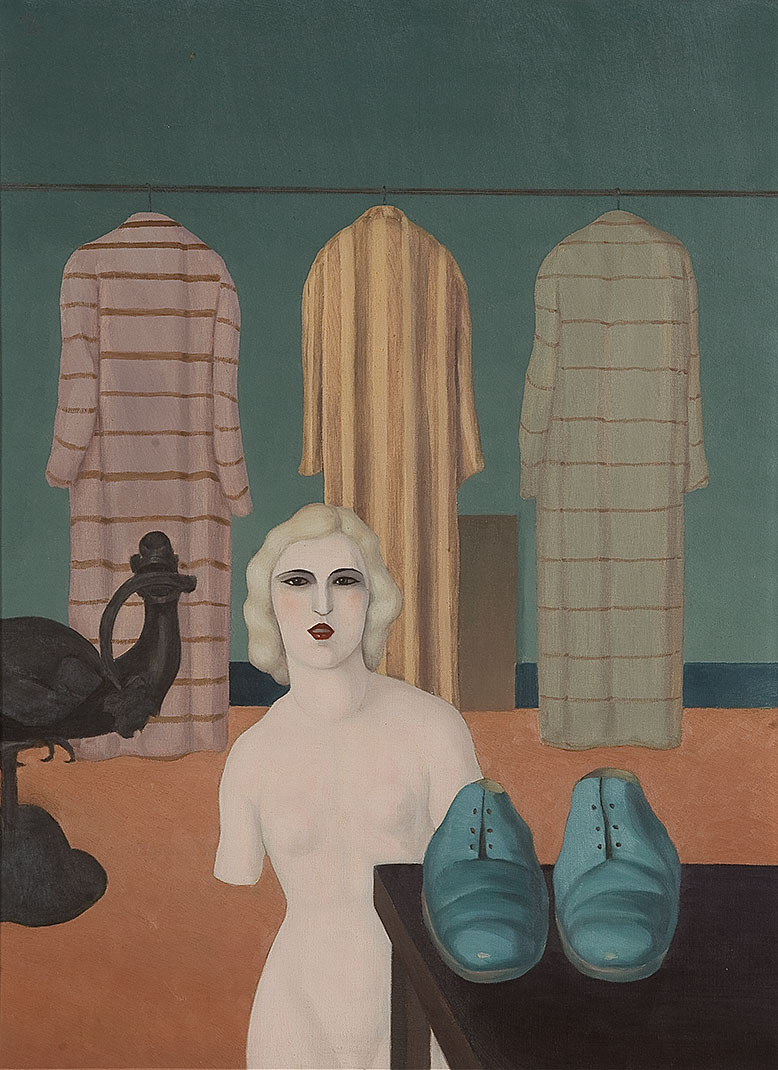
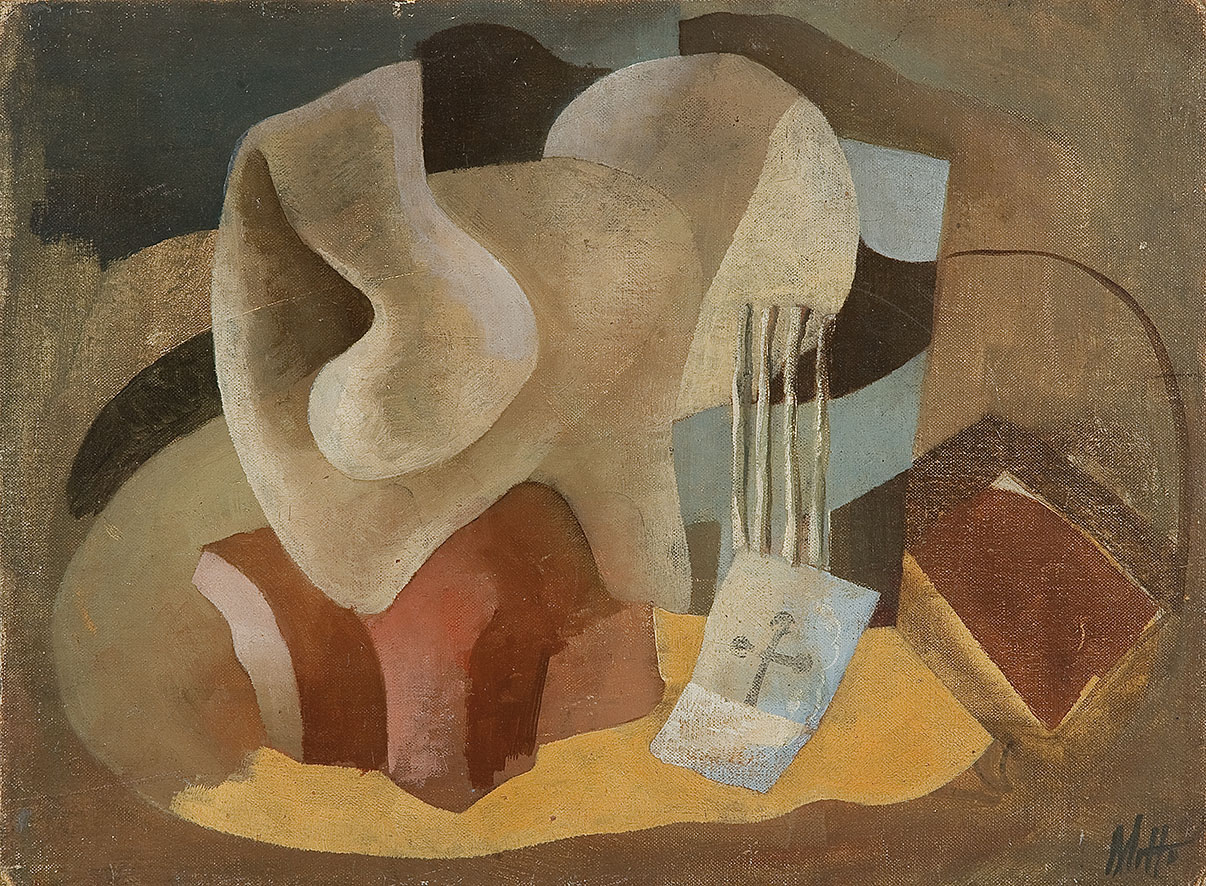
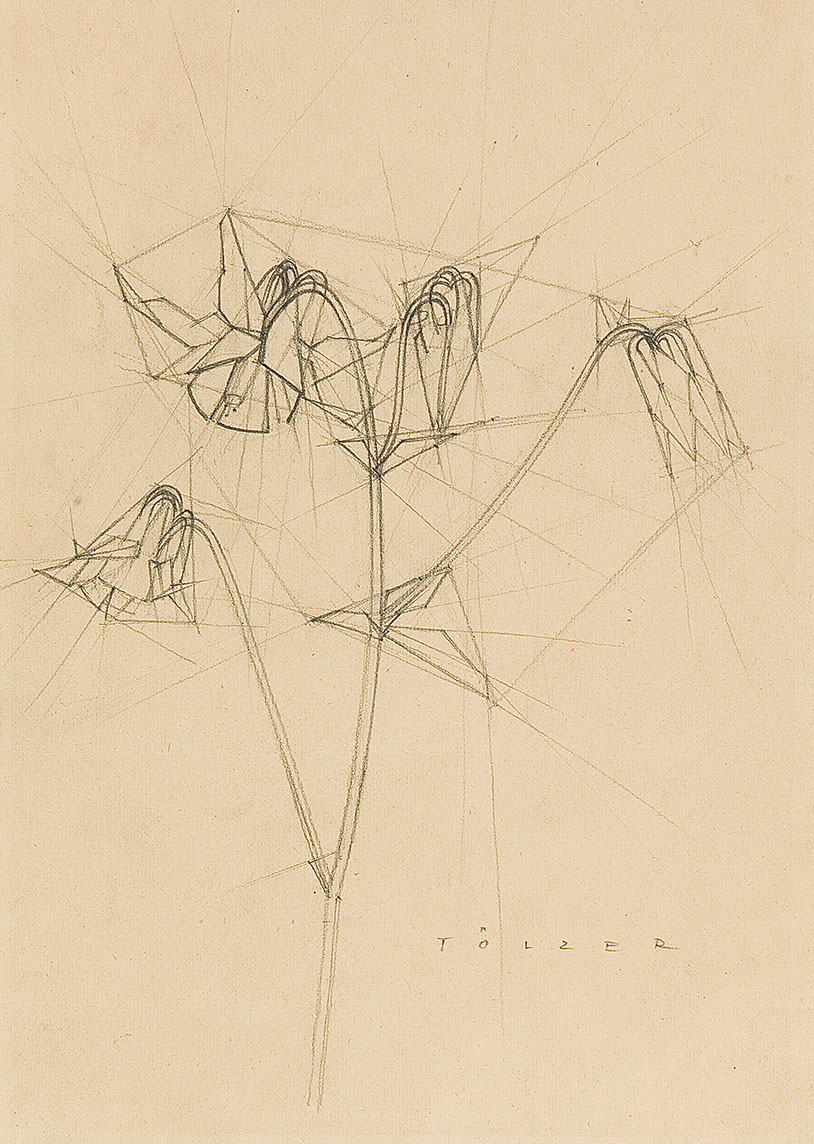
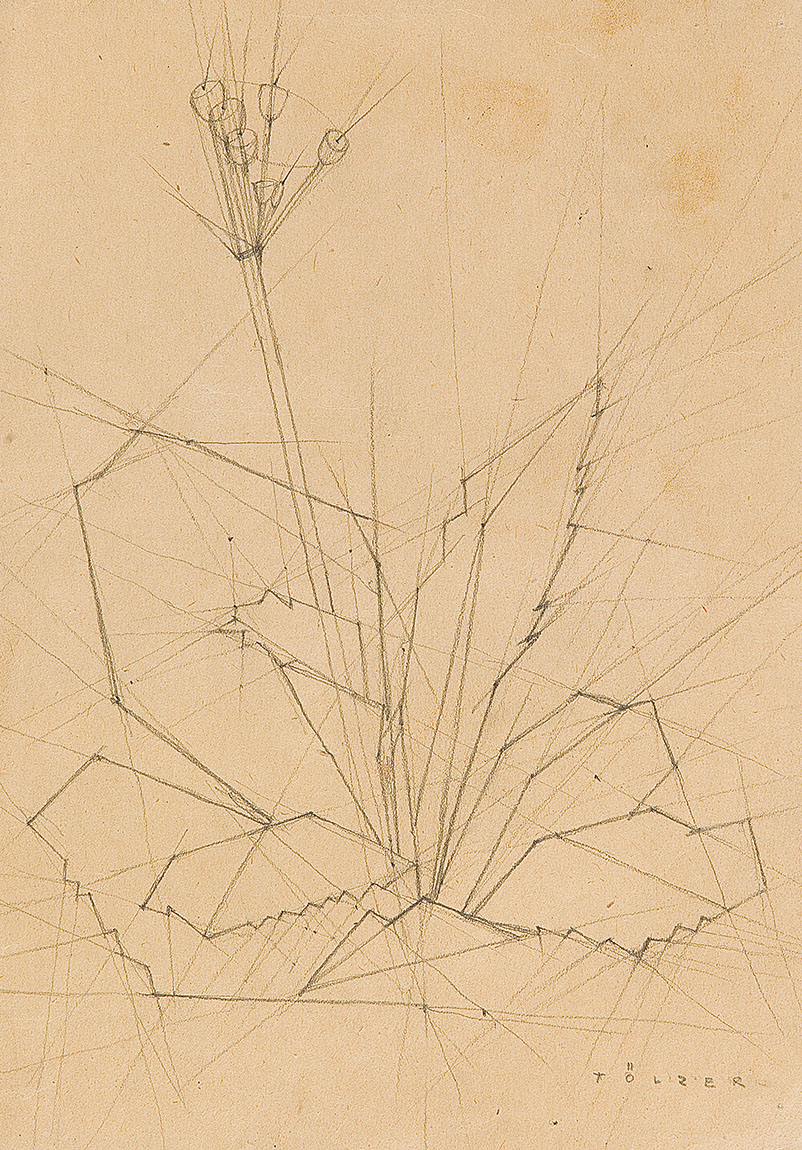
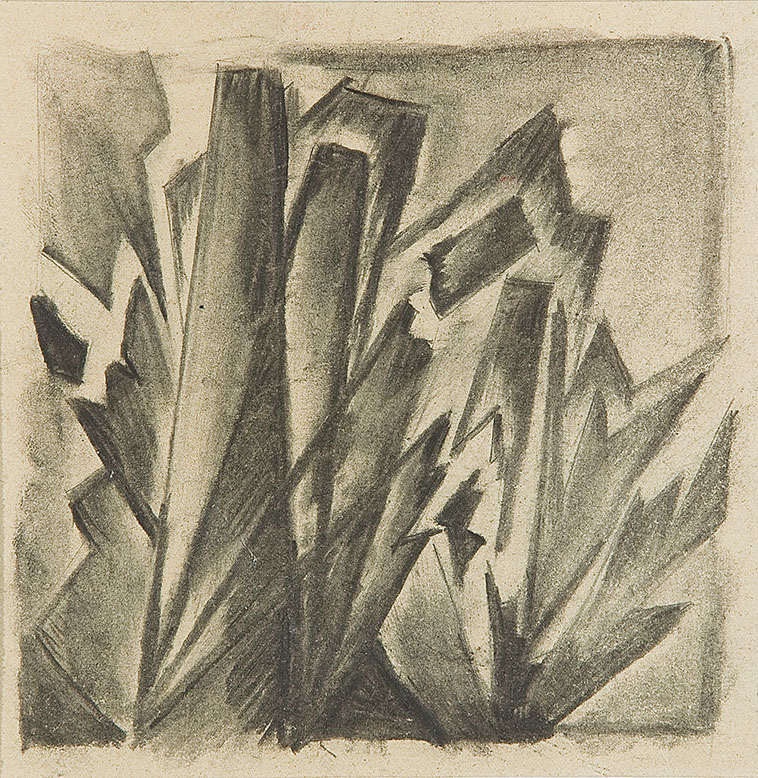
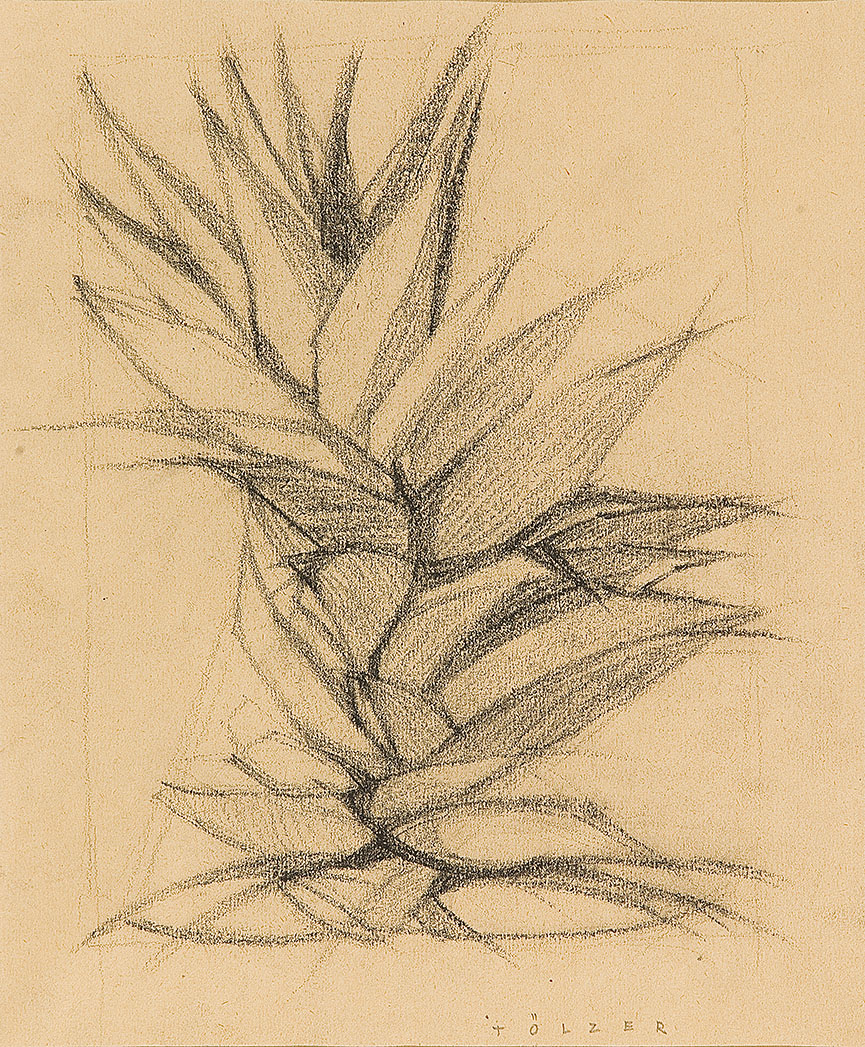
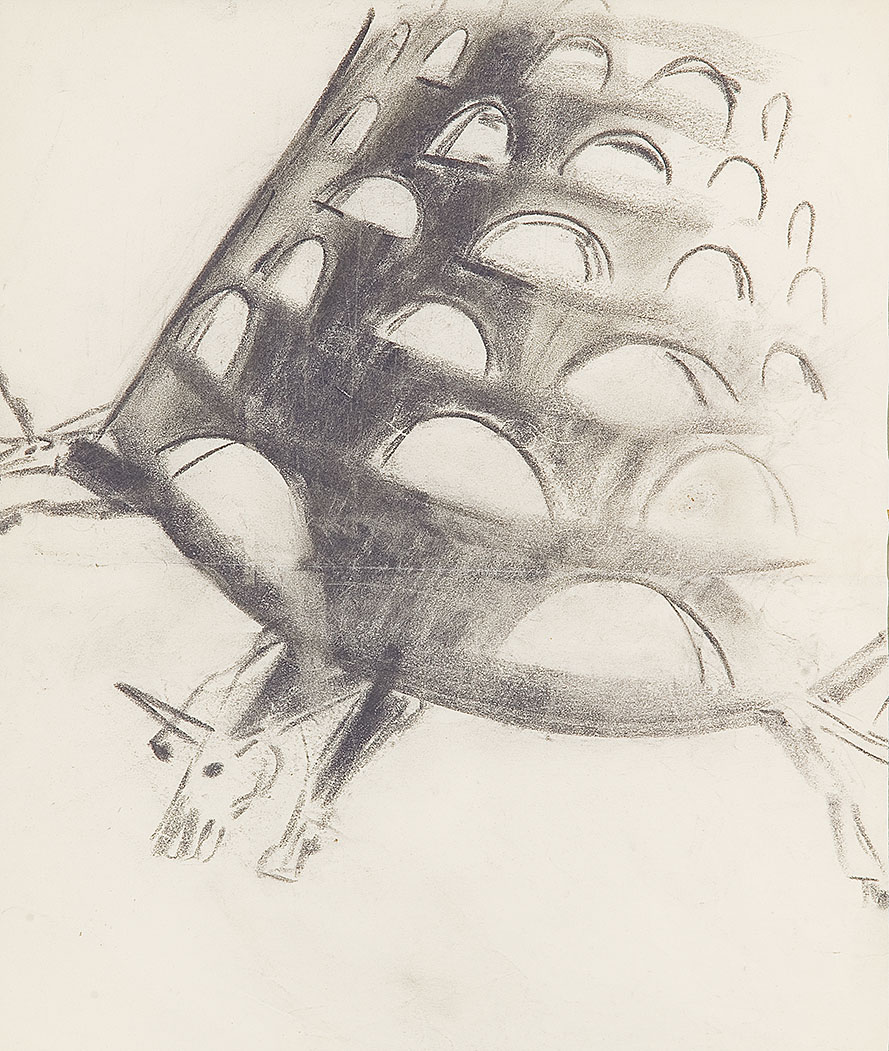
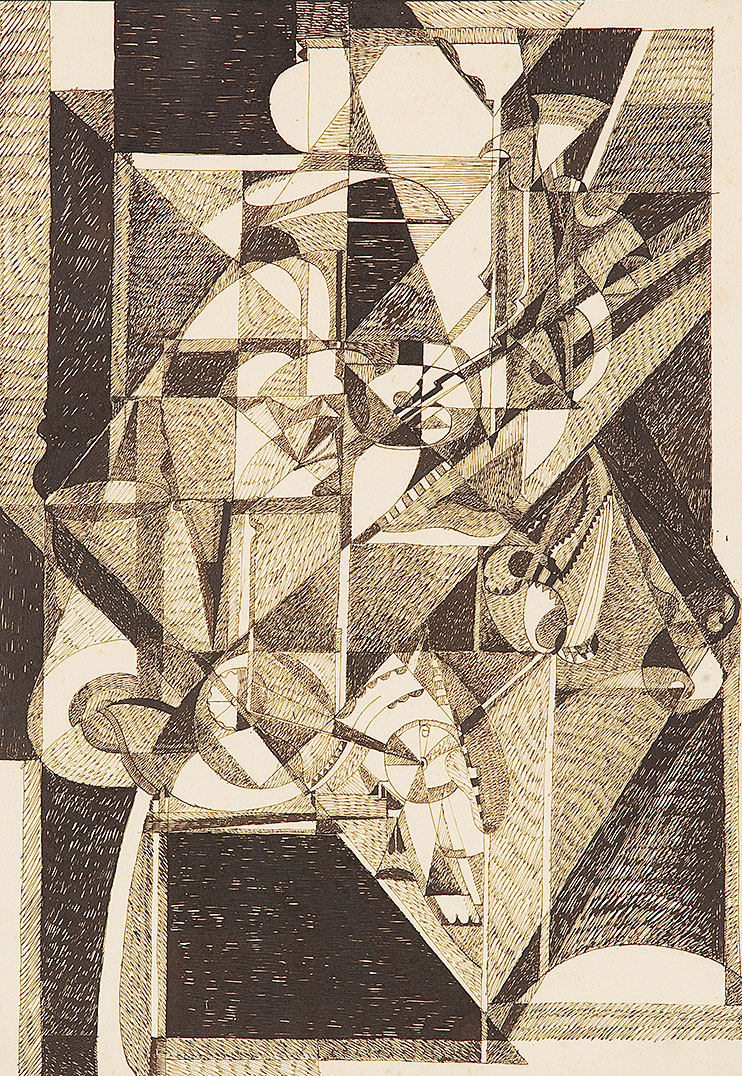

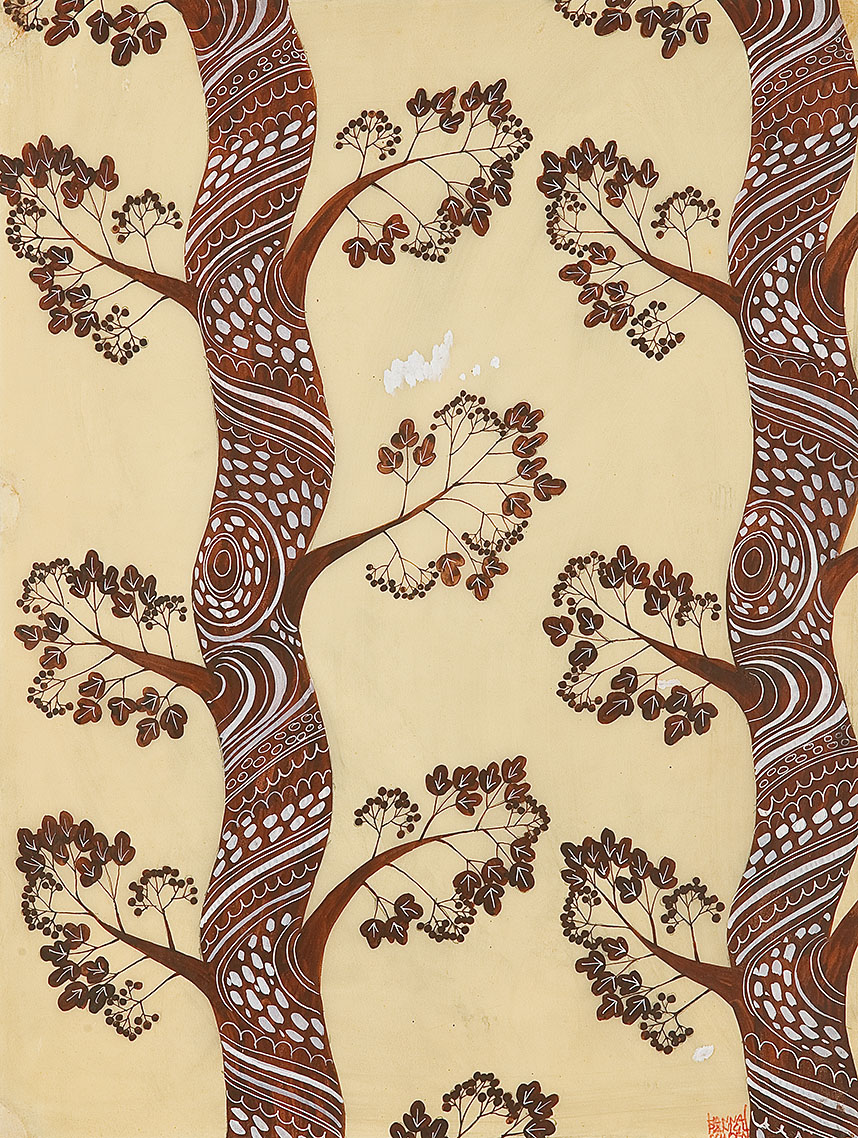
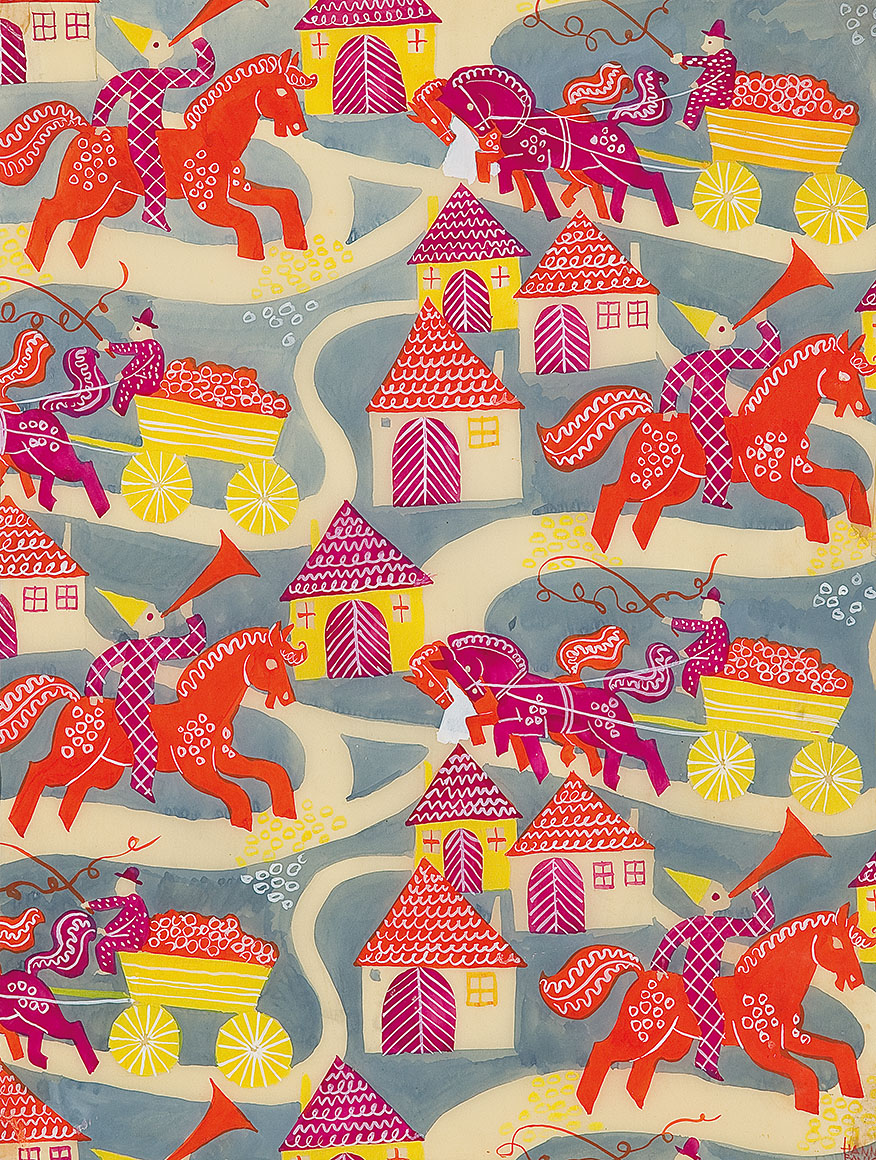


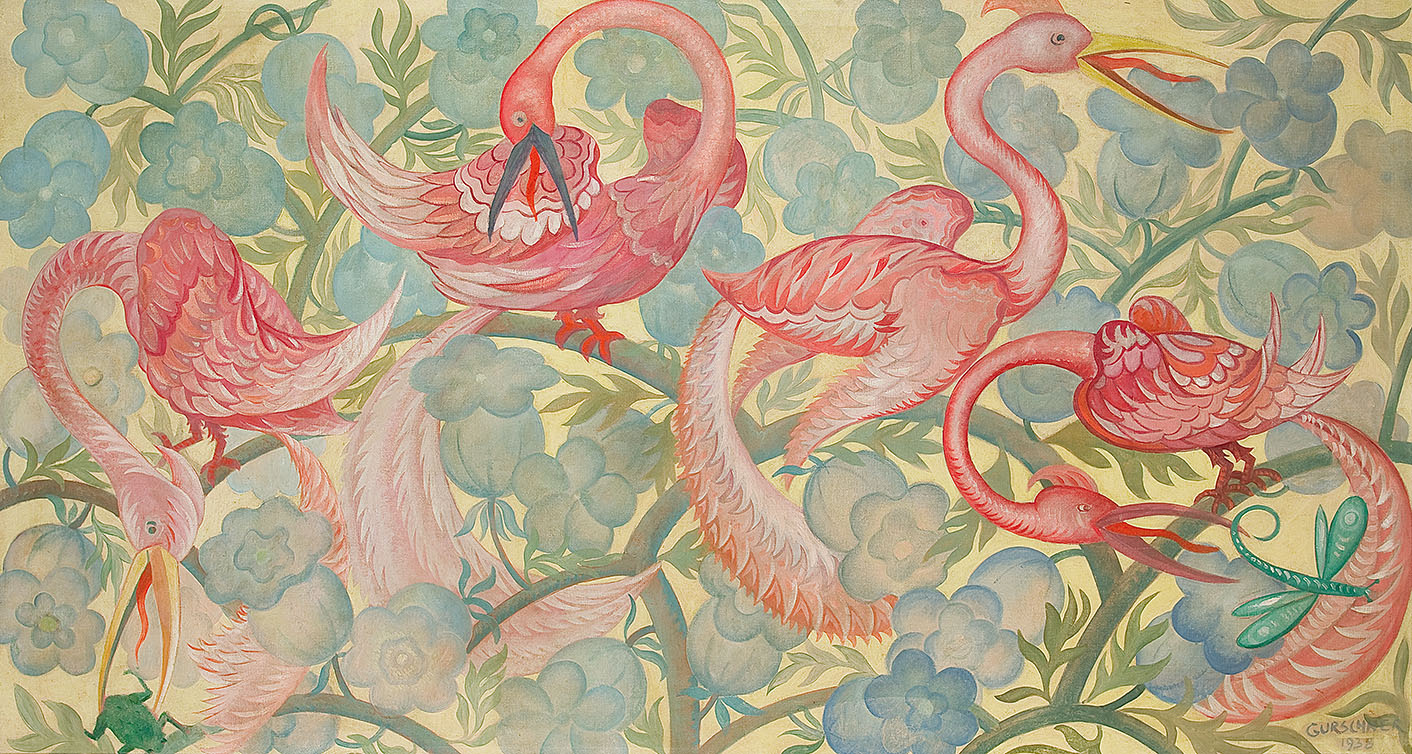
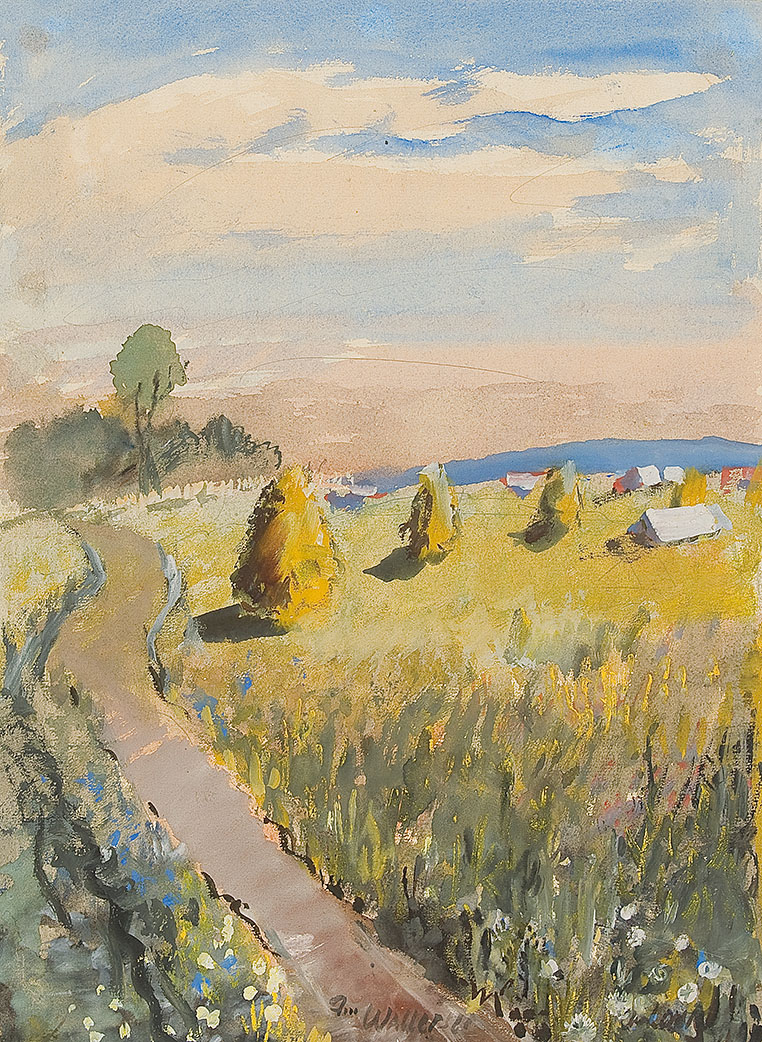
Try LotSearch and its premium features for 7 days - without any costs!
Be notified automatically about new items in upcoming auctions.
Create an alert